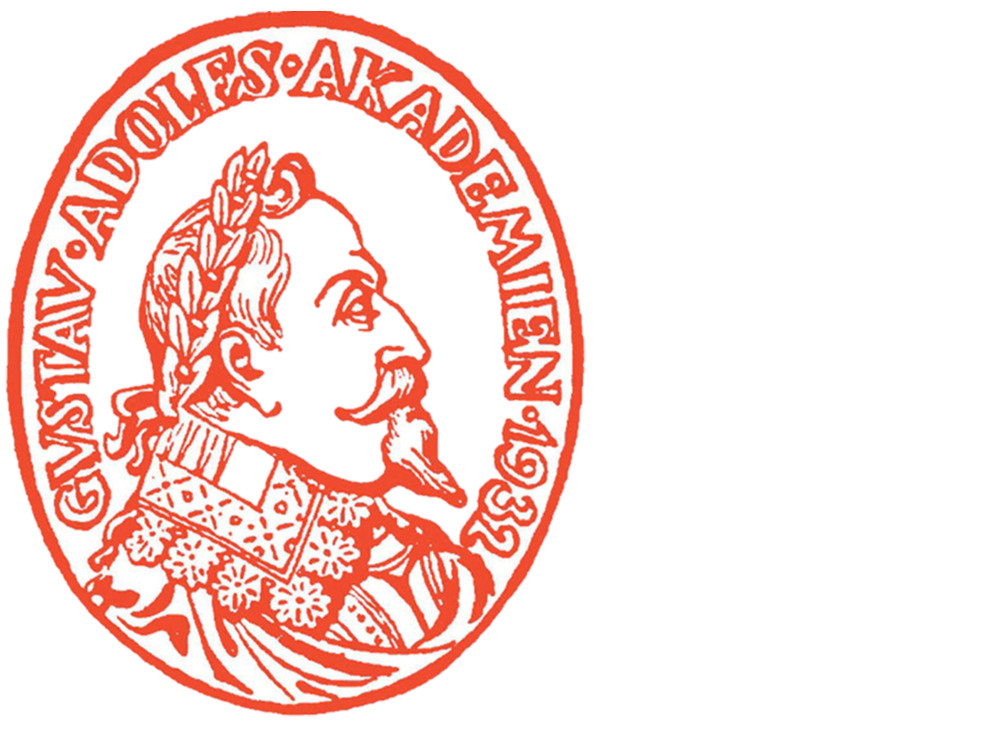»Man är liksom alltid mittemellan på något sätt»
Gränsöverskridningar i ett intervjumaterial om migration från Finland till Sverige
DOI:
https://doi.org/10.69824/svlm.146.25705Abstract
This article explores interview material of migrants’ experiences of borders from a minority perspective. The analysis focuses on the migrants’ own interpretations of their move, using the theoretical categories of performative borders (Rumford 2014) and emerging adults (Arnett 2004) as analytical tools to gain an understanding of what it means to be a young Finland-Swedish migrant in Sweden in the 2010s. Linguistic, national and cultural borders are discussed. Given the privileged position of the migrants, the institutionalised national border is relatively absent from the material. Instead, a very tangible border that appears is the language border, especially between Swedish and Finnish. For the interviewees, this linguistic border does not coincide with the national border as they are moving to an area where their mother tongue is transitioning from minority to majority status. Cultural borders can be seen as flexible, invisible boundaries within which people believe that they share cultural expressions and values, and thus identity (Fjellström 1997). Respondents refer to boundaries drawn by perceived cultural similarities and differences. All these boundaries are created by the media, experiences, other people’s stories, and stereotypes. The interviewees begin by drawing on their own experiences of moving from Finland to Sweden, but at the same time these experiences are constantly linked to other stories, past experiences, and perceptions. By addressing performative boundaries, the focus is on how personal experience, conveyed through narrative, expresses experiences of belonging and exclusion – something that is actualised through both minority and migrant status.
Publicerad
Referera så här
Nummer
Sektion
Licens
Copyright (c) 2024 Författaren

Det här verket är licensierat under en Creative Commons Erkännande 4.0 Internationell-licens.
Innehåll publicerat i Svenska landsmål och svenskt folkliv i årgång 2023 och senare publiceras under villkoren i Creative Commons-licensen CC BY, och författarna behåller upphovsrätten till sina verk. CC BY-licensen tillåter användning, nedladdning, distribution, länkning till och reproduktion i vilket medium som helst, förutsatt att originalverket är korrekt citerat.




